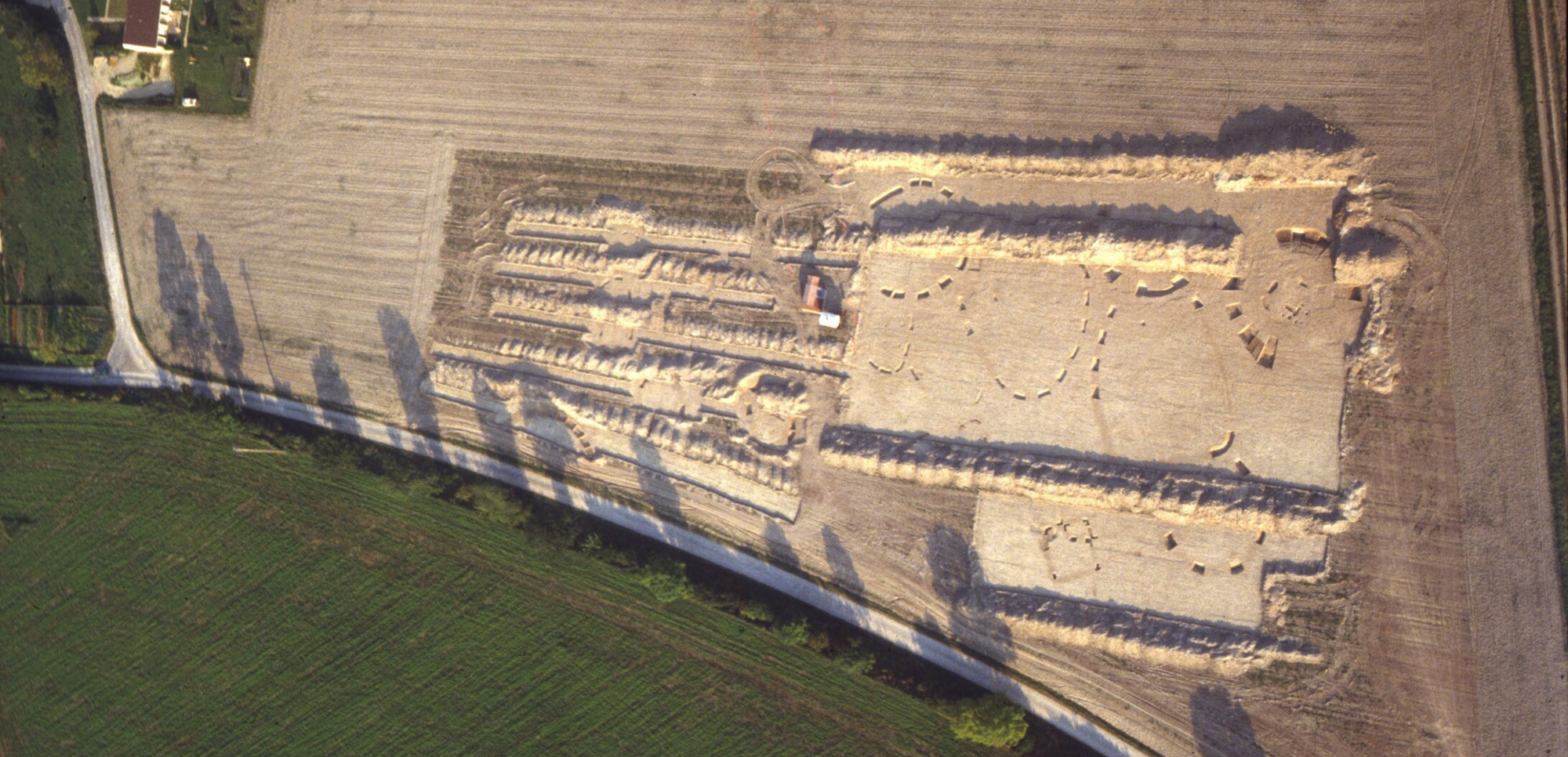
- Home
- The Necropolises
- A hierarchy of tombs
There was a gradation in the material expression of the status of the deceased. The existence of a building, its architecture, the grave volume, the quantity and diversity of the funerary objects, were indicative of the dead person's place within his community. The contents of the tombs varied widely: from 1 to 21 jars, from 0 to 25 offerings of food, from 0 to 30 miscellaneous objects, and all objects taken together, from 0 to 50.
The other dead
The 140 individuals represented by the bones scattered across the settlement, to which must be added the 23 specially buried subjects, were not entitled to burial rites of this kind. Their remains were abandoned to the natural elements and to predators. Some human bones show traces of cutting and carbonisation comparable to those observed on the bones of animals that had been eaten and could imply some strange practices.


